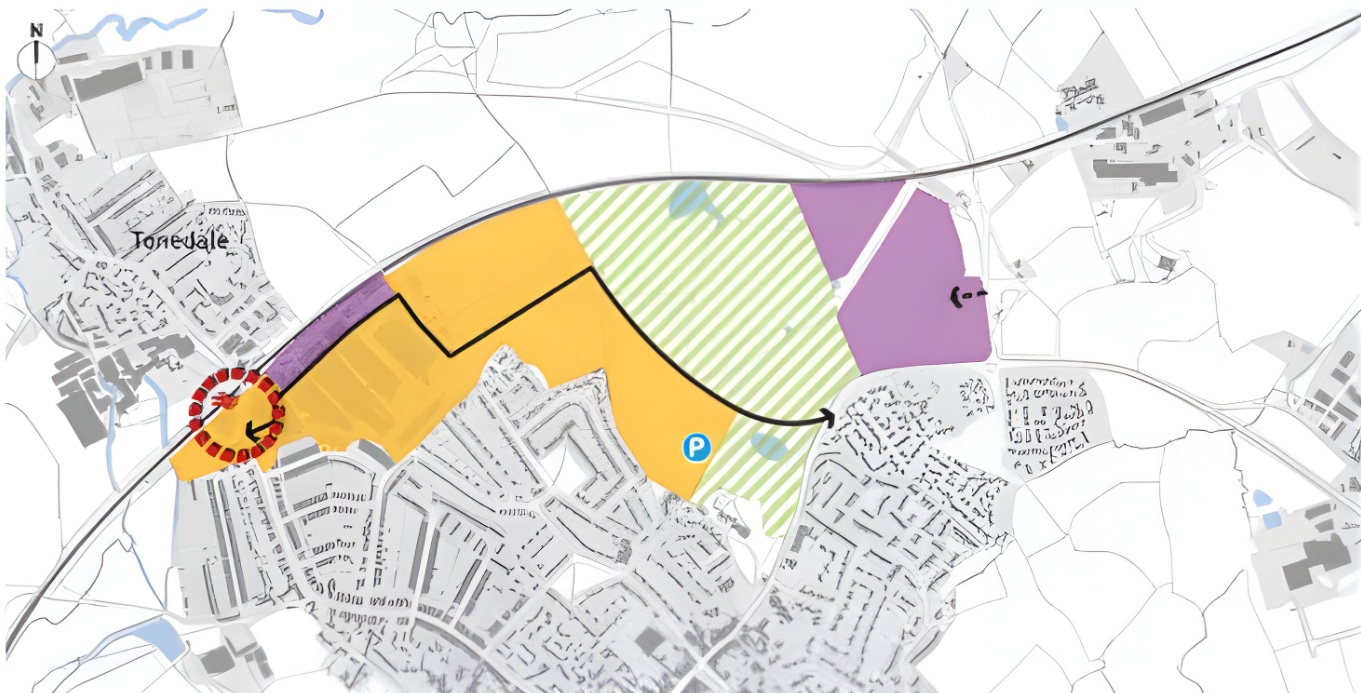NO NONSENSE NUTRIENT NUTRALITY
Developers and property owners seeking mitigation schemes for developments subject to phosphate and Nutrient Neutrality restrictions are able to purchase credits through WCI that are generated through the landmark agreement of upgrading outdated & inefficient private systems – benefitting both the community and the environment.
WCI’s Phosphate Credit Scheme brings together Developers and Property Owners to deliver sustainable, fair and deliverable phosphate mitigation schemes based on septic tank upgrades. Our Nutrient Neutrality Assessments and Mitigation Strategies (NNAMS) are prepared for Developers either as part of our Phosphate Credit Scheme or as a stand-alone service.

NNAMS & sHRAS
Comprehensive documents required for planning applications in areas sensitive to nutrient pollution, for developments of all sizes.

pHOSPHATE CREDITS
Low cost credits on demand for developers with flexible terms to align cashflow for developments of all sizes.

BRIDGING CREDITS
Reduce overall cost and minimise risk with bridging credits from WCI for your development project.
WHY WCI?
WCI has a strong working relationship with both Natural England and the LPAs, achieving notable successes in defining nutrient neutrality strategies that gained Natural England and Planning Authority approval.
Our reports provide developers with clear guidance on the scale of the phosphates generated from the proposed development, options for mitigating these phosphates and probable costs.

WCI bring together all the capabilities and resources required to plan, design, deliver and maintain water, infrastructure and environmental solutions.
For domestic customers we cover the South-West from Wiltshire to Devon and work Nationally for commercial and public sector contracts.
Our structure ensures that our designs are grounded in reality with a strong focus on ‘buildability’ and ‘total life’ sustainability, while our construction and maintenance services are built on true technical standards and methodologies.
No matter the size or complexity of a project, WCI deliver integrated solutions to our clients’ requirements.
The WCI Difference.
NNAMS & sHRA
A Nutrient Neutrality Assessment and Mitigation Strategy (NNAMS) is the report that demonstrates how a development meets the requirements for nutrient neutrality. All developments within certain designated areas require a NNAMS. WCI is an industry leading provider and has produced over 500 Nutrient Neutrality Assessment Strategy reports for a wide range of developments across many Local Planning Authorities including:
Somerset West & Taunton Council | South Somerset District Council | Mendip District Council | East Devon District Council | Cornwall Council | Dorset Council | Sedgemoor District Council | Wiltshire Council | Exmoor National Park Authority | And More…
WCI complement all agreed phosphate strategies with a ‘Shadow Habitats Regulations Assessment (sHRA) to speed up the process of achieving Planning Approval as many LPAs also now require an applicant to provide a Shadow Habitats Regulations Assessment (sHRA) to determine a planning application.
Phosphate Balance Explained
A phosphate balance is calculated by assessing phosphate contributions from both changes in land use and changes in occupation, each requiring specific methodologies and guidance. This assessment is crucial for understanding the overall phosphate impact of development projects and for achieving nutrient neutrality.
Once the ‘phosphate balance’ for a development has been established, it is likely that there will be a residual amount of ‘Total Phosphorus’ which must be offset elsewhere in order for the development to be deemed nutrient neutral. Identifying how and where this offset is achieved is called the Mitigation Strategy.
Mitigation strategies can include ‘on-site’ (within the development boundary) or ‘off-site’ (on third party land) offsets. Offsets can also be based on land use mitigation (changing land use to reduce phosphates) or occupation mitigation (improving on the phosphates discharged from a site through the foul drainage system).
Whatever the stage in your planning journey, WCI has the expertise to help minimise delays.
LOW COST PHOSPHATE CREDITS
Maintain your cashflow and minimise risk with low cost phosphate credits immediately available from WCI for your development project. We understand the process and challenge you face in getting your project over-the-line, which is why we provide a dependable, transparent and cost-effective alternative to our more expensive competitors:
- Lowest cost phosphate credits on the market at £30,000 per kg.
- Credits sold in 0.01 kg units with a minimum purchase of 0.1 kg.
- 10% deposit means low level of cost and commitment until planning is awarded.
- Up to 5 years before balance is due on purchases over 1 kg. You choose when to complete the purchase.
- Over 130 kg immediately available across all Somerset river catchments
- Fully approved by Somerset County Council and Natural England.
- Commercial terms for bridging credits recognising the reductions that 2030 represents for some developments.
NO S106. NO ADMINISTRATION FEES. NO LEGAL COSTS.
WCI originated the phosphate credit scheme based on the upgrade of septic tanks and treatment plants, this has since been proven to be acceptable to Local Planning Authorities and Natural England across the country.
BRIDGING CREDITS
We’ve introduced even more favourable terms to our credit scheme to improve the timing of developers’ cashflows around larger planning applications. These terms accommodate protracted planning timeframes and the complexities of the planning process regardless of whether it’s an outline application with all matters reserved or a full planning application.
Simply put, for credit purchases over 1 kg, final payments are now linked to the commencement of a development. With no linkage to the timing of a Decision Notice, the timing of our nutrient neutrality payments are better aligned with s.106 negotiations and land valuation and acquisition milestones thus making nutrient neutrality more affordable.
Bridging credits allow for the pre-commencment condition of construction to take place prior to the 2030 LURA improvements taking place at select wastewater treatment works and takes into account the reduction in required credits that these improvements may allow.
WCI understands the process and challenge you face in getting your project over-the-line, which is why WCI provides a dependable, transparent and cost-effective alternative to our more expensive competitors. Recognising the reductions that 2030 represents for some developments, speak to a member of the team about commercial terms for bridging credits.
CLIENT TESTIMONIALS
CASE STUDIES
NNAMS / sHRA Enquiry
WCI is an industry leading provider of Nutrient Neutrality Assessment Strategy (NNAMS) reports & Shadow Habitats Regulations Assessments (sHRA) to determine a planning application, whatever stage you're at, WCI can help.
Phosphate Credits Enquiry
Whether your planning application is ongoing or new, you could benefit from WCI's supply of phosphate credits immediately available for Somerset & Dorset Catchments including the River Axe (Somerset), River Brue & Axe, River Parrett (in Somerset and Dorset) and River Tone catchments.
Bridging Credits Enquiry
Bridging credits are currently only suitable if your development is connection to the mains sewer.
